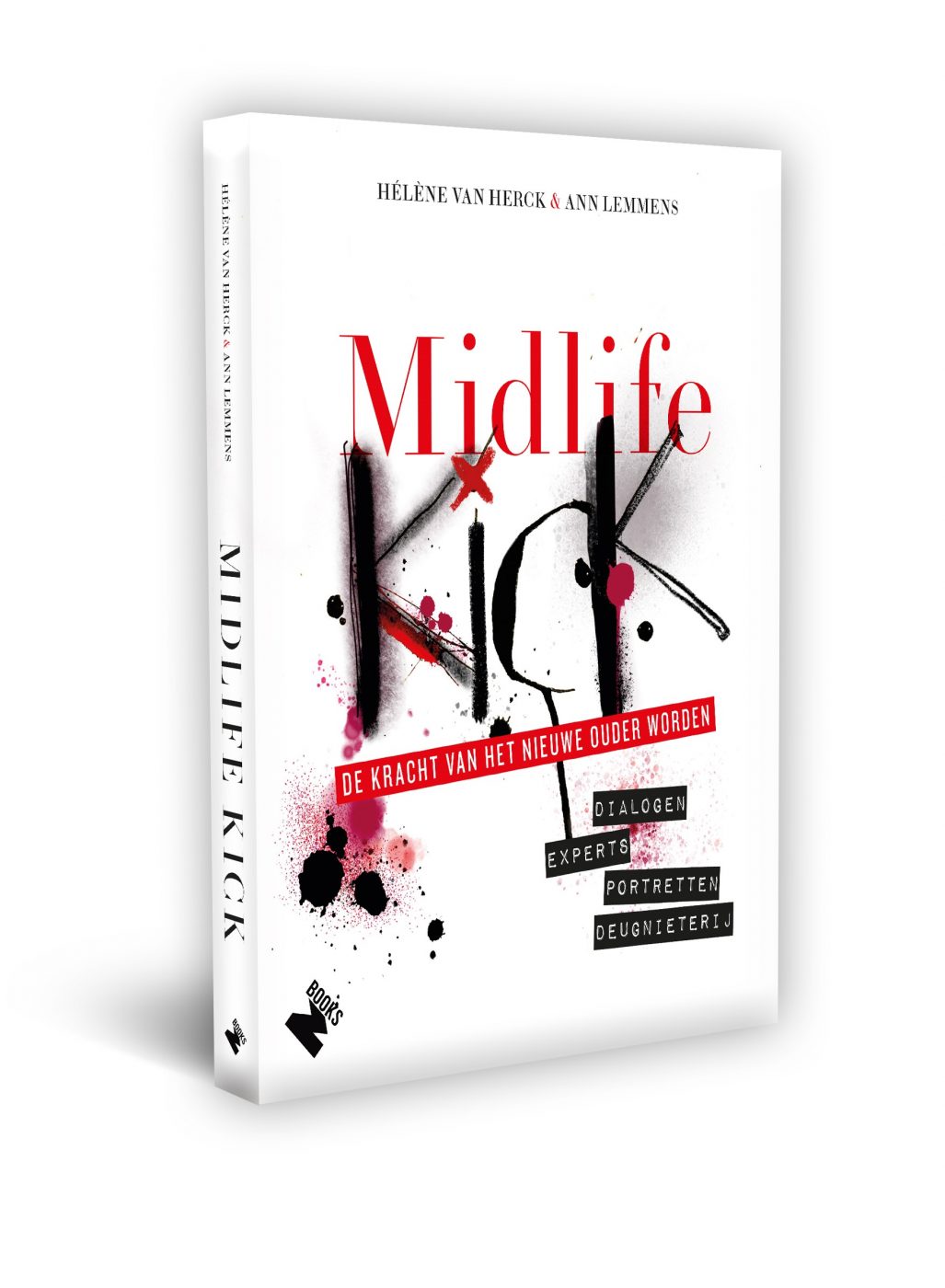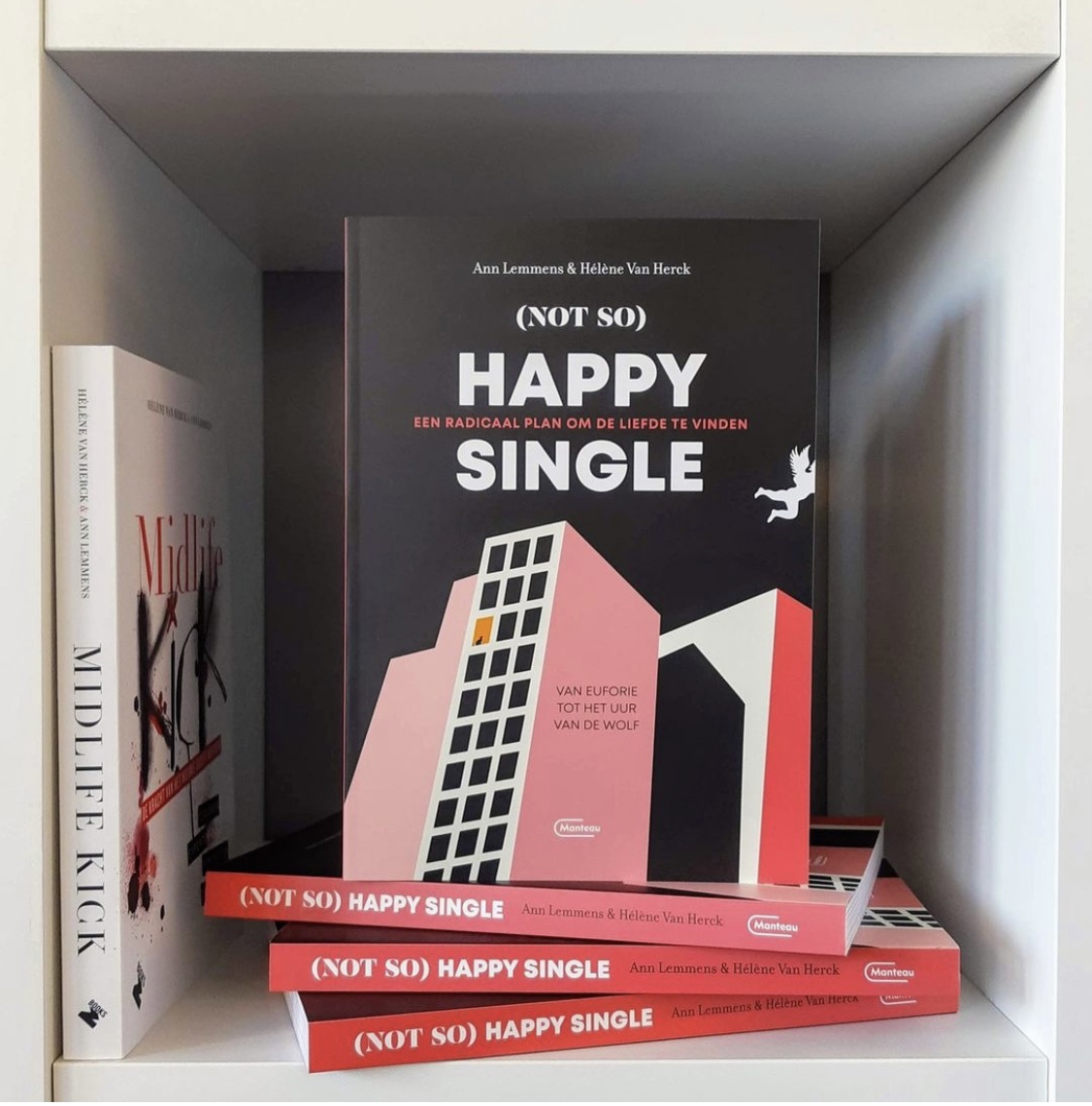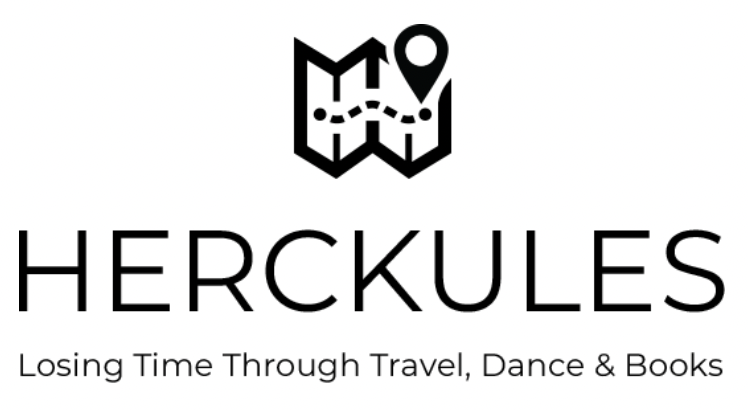
Justine Harcourt de Tourville is an American writer/communication consultant living in Antwerp. She researched and wrote her Masters thesis – 100 pages — on Belgium, national identity and food. It took two years, countless containers of yoghurt and hundreds of thousands of cups of coffee. For this article, it took just a few hours in pajamas, half a croissant and six cups of coffee. http://about.me/justinejustine
Ik ken Justine al jaren. Als een ‘American in Antwerp’ viel ze op tussen de grijze massa. Good vibes, positive energy, big smile and lot’s of humor. That’s Justine. And good taste for food – mind vs stomach – clever girl! Justine is een pre-Wifty, maar ze kijkt uit naar the full monty. Ondertussen laat ze ons meegenieten van haar eigenzinnige kijk op de dingen des levens.
“The next time I want a real American hamburger in Belgium, I’ll make one myself.”
At a cocktail party, usually one of the things I’m always told is how bad American food is. I laugh and immediately think of the Caesar salads, muffins and nachos on Belgian menus. Yes, so terrible, that they import American bagels, brownies and smoothies. And whenever Belgians speak about American food, one word is sure to come up: McDonald’s.
In some ways it’s a fair comment; with 14,000 plus restaurants in America, the golden arches are ubiquitous. One of the reasons McDonald’s has been successful is the omnipresent car culture. The United States is 322 times larger than Belgium, so if you’ve been to anywhere besides New York City or San Francisco, you know in America how great the distance is between cities. You also know the importance of a car.
McDonald’s was one of the first fast-food companies to strategically link themselves with urban development, or stated less positively, urban sprawl. If there was any potential of street or a highway, McDonald’s located a franchise there. Now, when I think of McDonald’s, I am grateful for the drive-thru window to buy jumbo-sized iced tea (with lots of ice) or the clean public restrooms at regular intervals along the highway. If you’re driving eight hours (Los Angeles – San Francisco, for example) you realize how important both can be.
Of course, as soon as you say American hamburger, les Belges automatically assume I’m talking about Big Macs. To me, McDonald’s food is about what you get when you’re in a hurry. Think of a Mom stopping off for Happy Meals after a soccer match when the kids are hungry and cranky. Home is usually 45 minutes away; McDonald’s is a quick fix. A real American hamburger comes from a grill in a backyard or a nicer restaurant; a real American hamburger is always better than McDonald’s — or the “American hamburger” you get here at a kermiskraam, or even sadly, the Ellis Gourmet Burger you find in Brussel, Antwerpen, Brugge, Gent or Knokke.
What makes a real American burger? Here are the necessary ingredients:
- Bun – large and soft
- Meat – 100% beef
- Lettuce – iceberg (best if cut up into smaller strips)
- Tomato – several large slices
- Onion – red or yellow, diced finely
- Pickle – several slices of dill
- Ketchup – Heinz
- Mustard – yellow
- Mayonnaise – lemon
- and if a cheeseburger: Cheese – aged cheddar
The most important part is people don’t skimp on the iceberg lettuce, ketchup, mustard, mayo or cheese.
America excels in comfort food, hamburgers, especially. Surprisingly, with all the knowledge about the kitchen and a cultural love of cooking, Belgians generally make substandard American food. The flour is usually wrong for muffins making them too heavy and cakelike. Caesar salads frequently have extra vegetables to make it look less bland (Caesars are tasty, not pretty). We won’t even discuss the chocolate chip cookies.
Despite the stereotype, America is home to amazing food. The trick is knowing where to go and what to order. Surprisingly, not all chain restaurants are awful. There are winners like Chipotle, Schlotzky’s or Black-Eyed Pea. There are other advantages, too. Starbucks – which I avoid like the plague in Belgium – offers predictable coffee in isolated locations like Great Falls, Montana or Clinton, Mississippi. Whether drinkable coffee and free wifi from Starbucks or public restrooms alongside highways, restaurants often have a hidden social purpose in the United States. Our food culture is more layered and more complex than Europeans assume.
There’s no question one eats well in Belgium. I jump for joy at the sight of garnaalkroketten or witloof in de oven. The ordinary café down the street makes an incredible spaghetti bolognaise, and even the Belgian chain, Le Pain Quotidien, offers the dessert suprême , Salted Caramel Tarte. But there is one very simple rule I will follow here: the next time I want a real American hamburger in Belgium, I’ll make one myself.
Check also: http://about.me/justinejustine













3 Comments
Brigitte Segal
We used to live north of Houston for a few years.
Not only did we discover real hamburgers..but what about the great Cajun cuisine,
Main lobster, TexMex, clam showder..and so one…The problem is the same everywhere, you need to find the good restaurants, with trial and error .now I feel hungry for a juicy burger!..,
Justine HdeT
Ha Brigitte, you’re right. When I lived in Texas it was very difficult to find Belgian food. Once I tried to make Witloof in de oven and even though my version was close, I couldn’t get ham that tasted anything like what is here in Belgium. I remember that the witloof cost me about €8, the gruyère about €14, the not so good ham was €12 for just a few slices, etc. I remember crying that food that cost €10 in a restaurant was practically €40 in the States. Ah well… To this day, I take advantage of Belgian winter, and order Witloof in de oven whenever it is on the menu. :)
DavidBic
this website https://vulkanvegaspl.com/ – vulkan vegas review, vulkan vegas